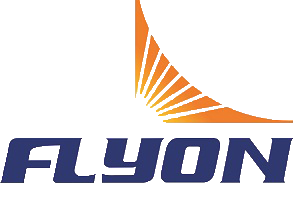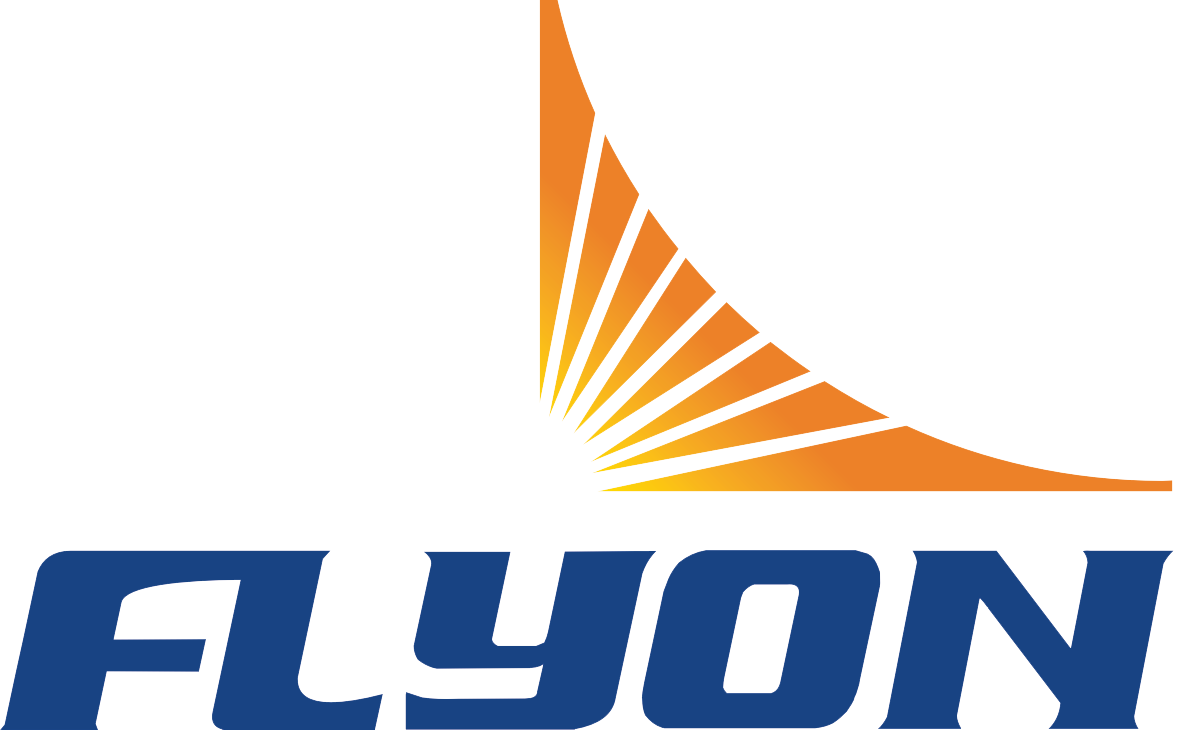Understanding Ergonomic Design in Stadium Seating
Core Principles of Ergonomic Support
Ergonomic design in stadium seating is centered around optimizing comfort, safety, and efficiency for spectators. Central to this approach are features that align with the human body's natural posture, such as lumbar support and adjustable seat height. These elements help alleviate pressure points and enhance comfort, especially during extended periods of sitting. For instance, seats that are designed to contour properly can significantly improve spectator experience by reducing instances of discomfort. Notably, research reveals that well-designed ergonomic seating can also diminish musculoskeletal issues, resulting in higher satisfaction levels among fans. This dedication to ergonomic principles ensures that spectators are focused more on the event and less on any physical discomfort.
Benefits of Ergonomic Stadium Seating
Enhanced Spectator Comfort for Long Events
Ergonomic seating is specifically designed to enhance comfort during long events, allowing spectators to enjoy extended experiences without discomfort. Studies have consistently shown that spectators who use ergonomic seats report higher satisfaction rates. This increased satisfaction not only improves the overall experience but also encourages greater attendance at events. Key features contributing to comfort include breathable fabrics that keep seats cool, specialized cushioning for prolonged sitting comfort, and strategic angling to support natural posture. Together, these elements ensure a more enjoyable spectator experience, encouraging fans to stay engaged throughout the event.
Improved Posture and Reduced Fatigue
Ergonomic seating is essential for maintaining healthy posture and reducing fatigue during extended periods. Good ergonomic design aids in aligning the spine, significantly reducing the risk of strain and discomfort. Research indicates that spectators using ergonomic seating experience less physical strain, which minimizes post-event discomfort and potential injury. Features such as back support and optimal seat angles are crucial in promoting better circulation and overall wellness. This attention to detail in ergonomic designs ensures that spectators not only enjoy the event but also experience improved physical health during and after the event.
Materials and Durability in Ergonomic Seating
High-Performance Fabrics and Thermowood
The choice of materials in ergonomic seating plays a crucial role in durability, comfort, and sustainability. Advanced materials like high-performance fabrics are designed to enhance durability while providing comfort. These fabrics offer moisture-wicking properties that are essential in maintaining longevity, especially within stadium environments where conditions can be challenging. Additionally, utilizing Thermowood, a sustainable wood treatment process, guarantees durability and weather resistance, adding an appealing aesthetic to stadium design. These choices in materials do not only provide qualitative benefits but also contribute to sustainability goals by lowering environmental impacts through responsible sourcing.
Connection to Track Surface Materials (Tartan Tracks)
Integrating ergonomic seating with track surface materials, such as tartan tracks, can significantly elevate the spectator experience by providing both aesthetic and functional synergy. This integration ensures that the seating complements the surrounding environment, enhancing the visual appeal of the stadium. Understanding the properties of tartan tracks, including their shock absorption and durability capacities, can inform seating design, thus ensuring that both function and aesthetics are prioritized. The synergy between seating materials and running track technology supports innovative designs that cater to both athlete and spectator comfort, making every stadium visit an exceptionally tailored experience.
Integration with Athletic Environments
Synergy Between Seating and Running Track Design
The design of stadium seating should inherently complement the running track areas, ensuring optimal line-of-sight and proximity for spectator engagement. This means that seating arrangements must be strategically placed to provide viewers with the best possible vantage points, enhancing their experience at athletic events. Collaborating on seating and track design ensures that spectators feel embedded in the action, witnessing the dynamics of sports from an ideal perspective. Such synergy demands that seats are designed to withstand the movements and stresses experienced during dynamic athletic events, maintaining comfort and endurance throughout.
Lessons from Sports Footwear (Nike Track Innovations)
Innovations in sports footwear, particularly from Nike, provide valuable insights for the design of ergonomic stadium seating. Nike’s advancements in materials and ergonomics inspire breakthroughs in seating technology, utilizing responsive cushioning and support structures to improve spectator comfort. The integration of these technologies into seating design can greatly enhance the comfort and support offered at stadiums. Collaborating with companies specializing in sports footwear provides practical insights into enhancing seating ergonomics, drawing parallels from the successful implementation of comfort and support structures found in athletic shoes. This collaborative approach can lead to refined seating designs that prioritize both comfort and adaptability.
Future Trends in Stadium Ergonomics
Smart Seating and Sensor Technology
The integration of smart technology into seating is poised to transform spectator experiences in stadiums. As technology advances, seating with built-in features like temperature control, posture sensors, and real-time feedback can significantly enhance comfort and engagement for attendees. These features not only tailor the seating to individual preferences but also allow venue operators to receive valuable data-driven insights, which help improve the overall experience and address maintenance needs promptly. Recent studies highlight the positive impacts of such technologies, suggesting substantial improvements in comfort and spectator engagement. The embrace of IoT in seating solutions is not just a trend; it's a revolution in how we experience live events.
Sustainable Ergonomic Solutions
Sustainability is becoming a pivotal aspect of ergonomic seating design for future stadiums. By focusing on eco-friendly materials and designs that minimize waste, stadium designers can reduce environmental impact while attracting eco-conscious patrons. Incorporating principles of the circular economy into seating design offers not only environmental benefits but also aligns with the operational goals of organizations aiming for sustainability. As more organizations prioritize sustainability, ergonomic solutions that cater to these demands are crucial. This shift is set to redefine how stadiums approach seating, ensuring that future sports events are enjoyed without compromising on environmental responsibility.
 EN
EN
 AR
AR
 FR
FR
 PT
PT
 RU
RU
 ES
ES
 BG
BG
 HR
HR
 CS
CS
 DA
DA
 NL
NL
 FI
FI
 DE
DE
 EL
EL
 HI
HI
 IT
IT
 JA
JA
 KO
KO
 NO
NO
 PL
PL
 RO
RO
 SV
SV
 CA
CA
 TL
TL
 ID
ID
 SR
SR
 SK
SK
 UK
UK
 VI
VI
 HU
HU
 TH
TH
 TR
TR
 MS
MS
 AZ
AZ
 KA
KA
 BN
BN
 LO
LO
 MN
MN
 MY
MY
 UZ
UZ


